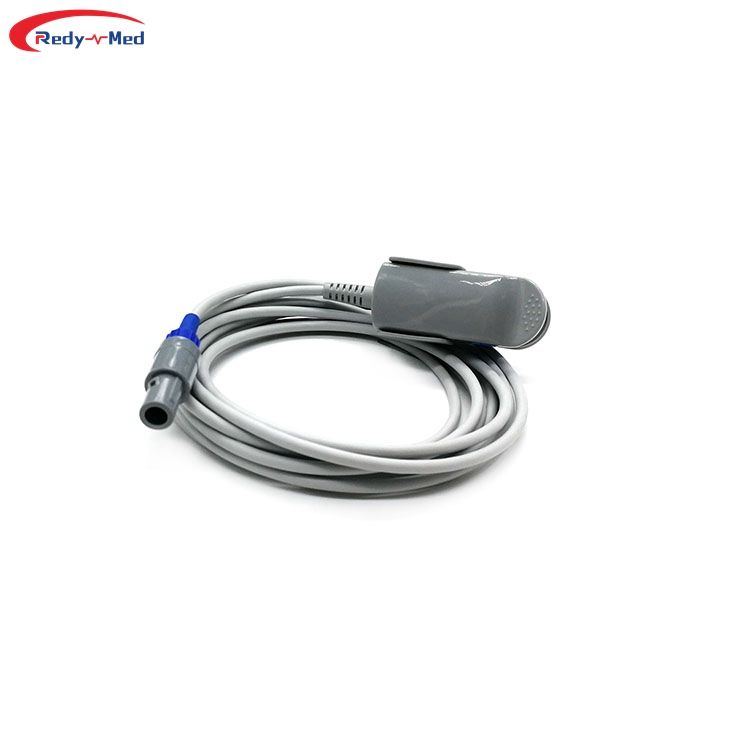
- Home > News > Industry News
Assessing Athletes\' Physical Condition and Endurance Levels Using SpO2 Sensors
2023-07-18 13:01:39
Enhancing Performance and Safety Through Advanced Technology

Athletes' physical condition and endurance levels are crucial factors in determining their performance and ensuring their safety during strenuous activities. Traditional methods of assessing these parameters often involve subjective observations or limited physiological measurements. However, the emergence of SpO2 sensors has revolutionized the way we monitor athletes' physical fitness, enabling objective and comprehensive evaluations. This article aims to delve into the capabilities of SpO2 sensors and their implications for athletes' training, performance, and overall well-being.
Understanding SpO2 Sensors and Their Role in Athlete Assessment
SpO2 sensors, also known as pulse oximeters, are non-invasive devices that measure the oxygen saturation levels in an individual's blood. These sensors are typically attached to the athlete's finger, earlobe, or forehead and work by emitting specific wavelengths of light to detect the amount of oxygen-bound hemoglobin. By determining the SpO2 levels, athletes and their trainers gain insights into the adequacy of oxygen delivery to their tissues, a crucial determinant of physical performance.
SpO2 sensors offer numerous advantages over traditional methods of assessing athletes' physical condition. Firstly, they provide instant and real-time information, enabling trainers and athletes to make immediate adjustments to training intensity or incorporate appropriate recovery interventions. Secondly, these sensors eliminate the need for invasive blood sampling and laboratory analysis, making them convenient and practical for continuous monitoring during training sessions or competitions. Lastly, the portability and ease of use of SpO2 sensors allow for assessments in various environments, from training centers to remote competition venues.
Applications and Benefits of SpO2 Sensors in Athlete Training
SpO2 sensors not only provide valuable information on athletes' physical fitness but also offer insights into their endurance levels, at both sub-maximal and maximal efforts. By continuously monitoring SpO2 levels during exercise, trainers and athletes can identify potential limitations in oxygen availability, facilitating the fine-tuning of training programs to optimize performance outcomes.
Furthermore, SpO2 sensors are instrumental in detecting early signs of overtraining or impending health issues. Abrupt drops in SpO2 levels during exercise may indicate compromised respiratory function or underlying medical conditions. By identifying these warning signs promptly, athletes can seek appropriate medical attention and implement necessary interventions, thus mitigating potential performance setbacks or health risks.
Conclusion
The advent of SpO2 sensors has transformed the landscape of athlete assessment, bringing forth accurate, real-time, and non-invasive measurements of physical fitness and endurance levels. These portable devices provide trainers and athletes with valuable insights into oxygen saturation, facilitating data-driven decision-making and optimizing training programs. By incorporating SpO2 sensors into athletes' monitoring protocols, we can enhance performance outcomes, reduce the risk of injury or health complications, and ultimately unleash the full potential of athletes across various sporting disciplines.
Get the latest price? We'll respond as soon as possible(within 12 hours)




